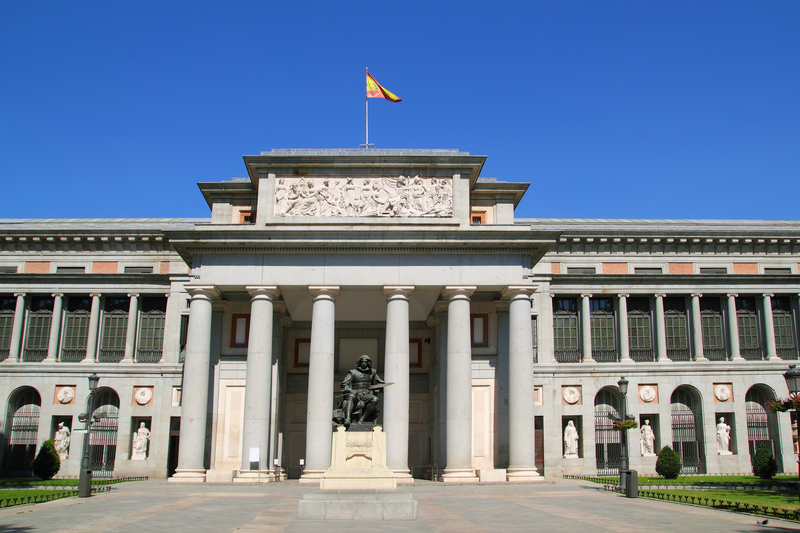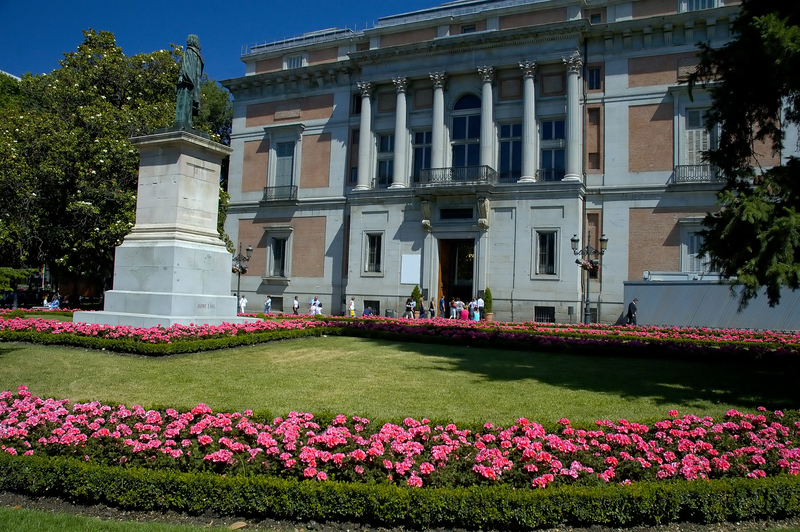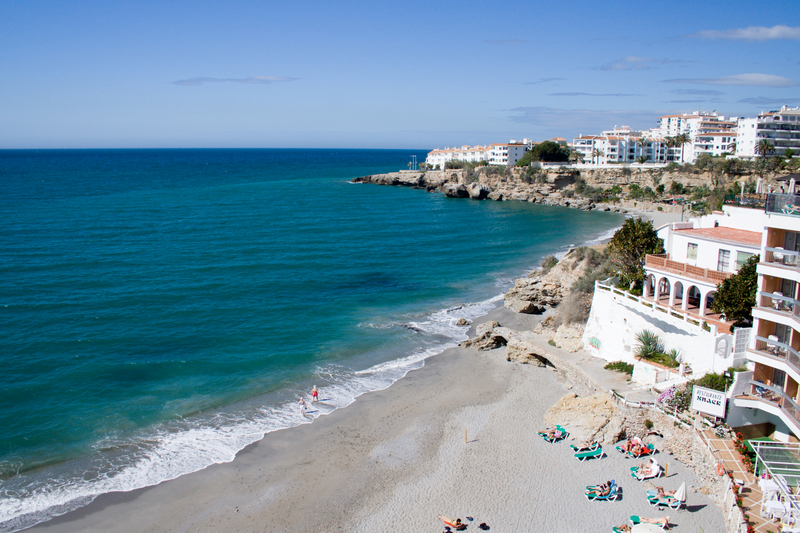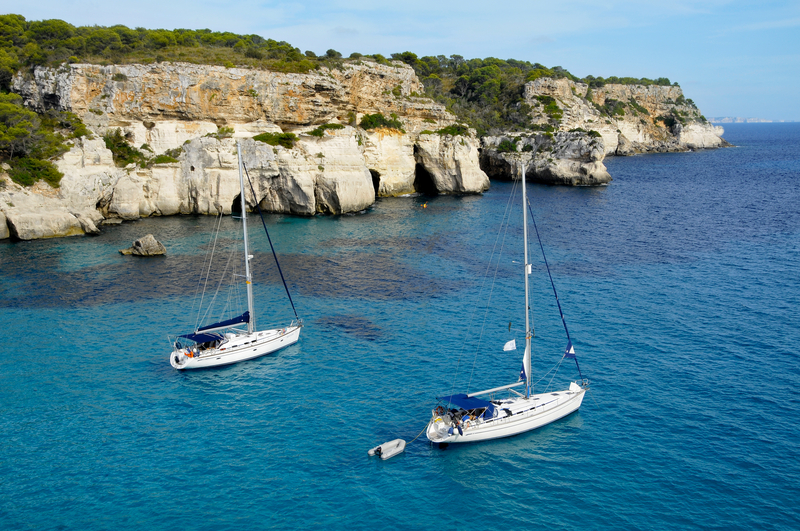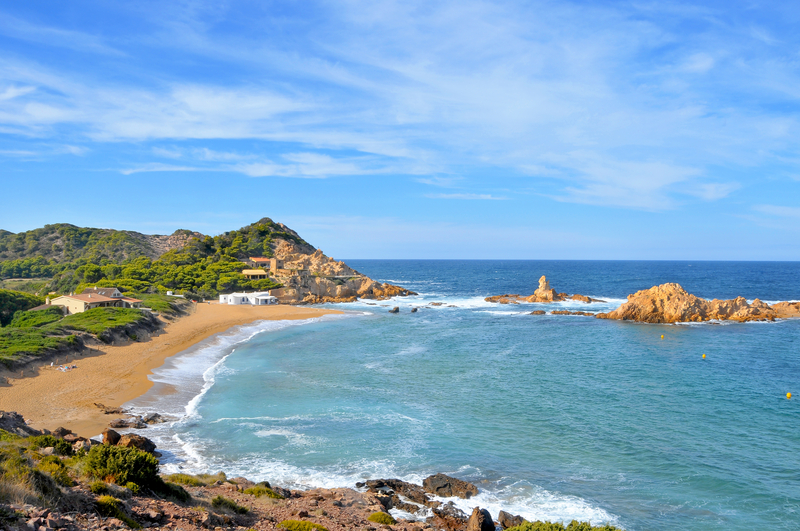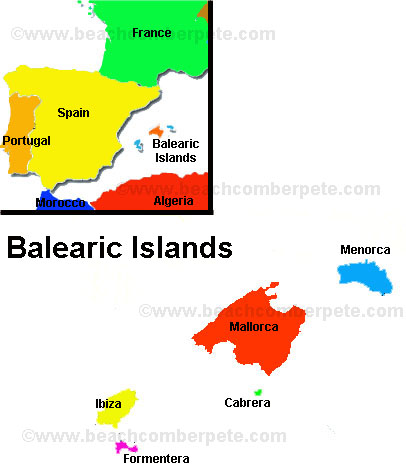The largest cities in Ibiza are Ibiza Town, Santa Eularia des Riu and Sant Antoni de Portmany. Ibiza Town is one of the most well known and is especially popular because of the different opportunities it provides for music lovers. Some of the most popular and famous producers and DJs come to the island to play in the clubs, and often times they use it as an opportunity to try out new music. For those who aren't into the standard club music, Ibiza Rocks is a concert series that was introduced to the island in 2005 and has become a highlight for summer tourists.

Although Ibiza is most known for its summer club parties, the island's government is working to make it a more diverse and cultured environment, so that international tourists of all walks of life can find something of interest in Ibiza.
Besides the night clubs, Ibiza has some of the most beautiful beaches in the Mediterranean. The crystal blue waters are both inviting and refreshing. Tourists can also charter boats in order to explore the perimeter of the island, or they can go diving, learn to kite-surf, or simply enjoy the different sights the island has to offer.
Ibiza has some breathtaking sights, including both man-made and natural ones. Individuals who venture away from the beach can see beautiful churches, monuments, and caves. There are even Hippy Markets in most of the cities that allow visitors to purchase some of the most popular items on the island, including handmade jewelry and clothing. Las Salinas Salt Flats is another popular tourist attraction. These salt fields have been in use for over 2000 years and are the perfect location for capturing sunset photos.
Tourists of all ages can find something to do in Ibiza. Between the restaurants, hotels, resorts, and villas, there is something for everyone.





